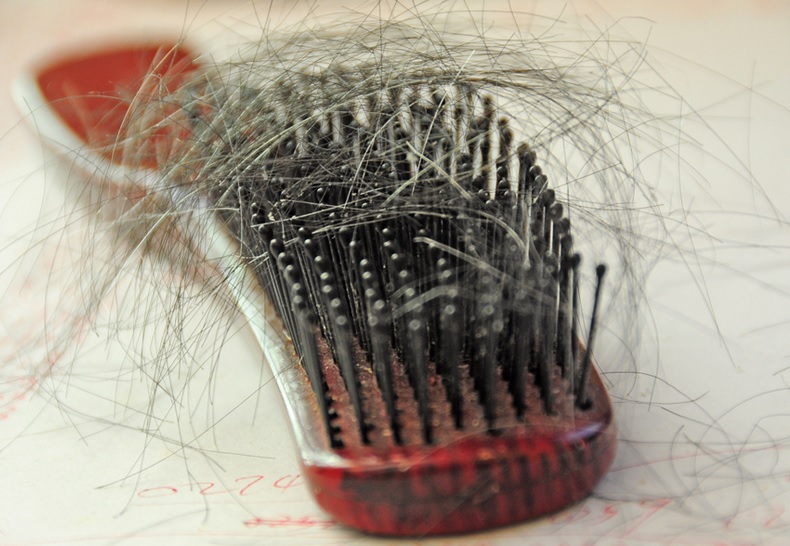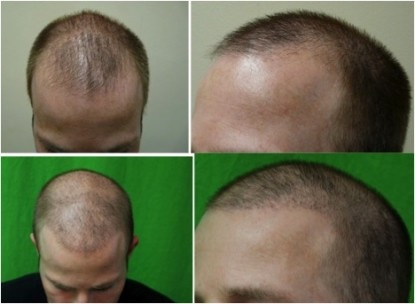Typically, diagnosis is performed by evaluating the patient’s medical history and administering a physical exam.
Hair Loss Diagnostic Methods: How Is Hair Loss Diagnosed ? History taking by the Doctor
The first thing the Doctor would do in their hair loss diagnostic method approach entails a detailed history taking. Common questions asked by the physician include:
- How the hair loss is characterized. Are the hairs simply growing in thinner than before? Is the scalp becoming increasingly visible? Is the hair shedding occurring at an unusually high rate?
- Who in the family has also suffered from similar patterns of thinning or loss? Was it ever determined what the causes were?
- How long have the changes in hair shedding/thinning been occurring? When can the patient remember having their normal original state of hair?
- What hair styling practices are being used? Does this include tight ponytails, extensions, braids etc? Are harsh chemicals like perms, bleaches and dyes used on a regular basis? Are heating instruments (e.g. irons, hair dryers) consistently used for prolonged periods of time?
- Have there been any recent illnesses or surgery which might explain the hair loss?
- Are there any prescription medications which are being taken whose side effects can be detrimental for the hair? Examples include: anti-depressants, anti-coagulants, blood thinners, arthritis medications, prescriptions for heart problems.
- What type of diet is being consumed? Does this include enough iron and protein?
- In women, a menstrual and obstetric history is taken to determine a possible hormonal role.
Hair Loss Diagnostic Methods: How Is Hair Loss Diagnosed ? Physical Examination
After completing the taking of history, the doctor would conduct a physical examination to check for things like, extent and pattern of the hair loss, other egenral exam findings for anemia and evidence of any systemic illness eg thyroid or other hormonal diseases etc
Hair Loss Diagnostic Methods: How Is Hair Loss Diagnosed ? Diagnostic Tests Associated With Hair Loss
Common tests often include:
(1) Analysis of the hair under a microscope
(2) Blood tests. This is often evaluated for specific conditions like hyperthyroidism or hypothyroidism.
Many patients will bring in zip lock bags containing samples of hair that has fallen out. But the doctor will be interested in obtaining fresh samples. Here are some scenarios to expect:
- Patients are asked to gently pull their hair. Under normal circumstances, this should produce no more than two strands from the telogen (resting) phase. The doctor can perform a “hair pull” test
- Patients are asked to brush their hair for a minute to see how many hairs will fall out. Normal quantities will range from zero to eighty
- Patients are asked to pull their hair slightly harder and more forcible compared to a gentle tug. Normal quantities should be about 7 telogen strands.
Time is of the essence. Individuals who are experiencing more hair loss than usual should try to address the issue as soon as possible by seeing a physician. This form of early intervention will be far more effective than purchasing various products on a trial by error basis.

Additional information on various hair loss causes

